Introduction – The Core Challenge of Robotic Mowing
Navigation precision has always been the single greatest challenge in robotic lawn mowing, because unlike indoor robots, lawn environments are unpredictable—trees block signals, slopes disrupt movement, and flowerbeds require delicate maneuvering. Overcoming these obstacles has defined every leap in robotic mower technology.
In this article, we’ll explore how robotic mower positioning evolved from the wire era (1.0) to dual-sensor fusion (2.0), why the industry began to plateau, and how Mammotion’s Tri-Fusion system (3.0) has broken through that ceiling to redefine what’s possible.
Robotic Mower Positioning Technology 1.0 – The Wire Era
The first wave of robotic lawn mowers, launched in the late 1990s, relied on boundary wires to define mowing areas. Homeowners buried or pegged wires around the perimeter of the yard, creating an invisible fence the mower could detect. Within this boundary, the mower worked largely unattended—a breakthrough at the time.
While effective for simple, static yards, wire systems required time-consuming installation and struggled with changes—adding a new flowerbed, patio, or tree meant re-installing the perimeter wire. In addition, early mowers often relied on random navigation patterns, leading to wasted time and energy.
In short, Robotic Mower Positioning 1.0 introduced autonomy but not flexibility. It worked well in predictable environments, but as consumer expectations grew for smarter, more adaptive robots, the stage was set for Positioning 2.0.
Robotic Mower Positioning Technology 2.0 – Dual-Sensor Fusion

As demand grew for easier setup and more intelligent navigation, robotic lawn mowers entered the dual-sensor era. Instead of relying on buried wires, manufacturers began combining two positioning systems—most commonly RTK + Vision or LiDAR + Vision—to achieve greater precision and adaptability.
Key Approaches of Dual Sensor Fusion:
- RTK + Vision: Real-Time Kinematic (RTK) satellite positioning offered centimeter-level accuracy in large, open spaces, while vision sensors helped detect boundaries and obstacles.
- LiDAR + Vision: Light Detection and Ranging (LiDAR) created detailed 3D maps for smaller or mid-sized lawns, with vision sensors supporting obstacle recognition in shaded or cluttered yards.
Systematic mowing patterns replaced random paths, saving energy and time. While these systems raised the industry standard, their performance depended on the environment. In other words, Positioning 2.0 delivered excellent results for the vast majority of users, but each system still had its “sweet spot.” The industry had not yet achieved a universal solution that could seamlessly adapt to all lawn types and terrains.
Mammotion’s Breakthrough – Tri-Fusion Positioning Technology
In 2025, Mammotion Atlas Lab released Mammotion's Tri-Fusion Positioning System, marking another leap forward for the robotic mower industry and officially entering the era of robotic lawn mower positioning technology 3.0. For the first time, three complementary technologies—LiDAR, RTK, and Vision—are fused into a single navigation system. Tri-Fusion Positioning System integration delivers unmatched stability, adaptability, and centimeter-level precision (±1 cm) across all lawn types.
Why the Tri-Fusion Positioning System is Different:
- Universal adaptability: Unlike 2.0 systems that excelled only in specific environments, Tri-Fusion dynamically balances inputs from LiDAR, RTK, and Vision in real time.
- Installation-free convenience: No wires to bury, no complicated setup—simply unbox, power on, and mow.
- Durability and precision: With solid-state LiDAR producing up to 200,000 points per second, the robotic mower builds a high-density 3D map of the yard in minutes.
- All-condition performance: From shaded areas under tree canopies to open fields, Tri-Fusion maintains stability without being dependent on a single sensor.
With Tri-Fusion Positioning System, Mammotion has created the industry’s first truly all-terrain, all-lawn solution—removing the “either-or” tradeoffs of Positioning 2.0 and setting a new benchmark for the future of garden robotics.
How the Tri-Fusion Positioning System Works Across Scenarios
The true power of the Tri-Fusion Positioning System lies in how it adapts to real-world lawn conditions. By combining LiDAR, RTK, and Vision, the system intelligently prioritizes different inputs depending on the environment—delivering precision and stability where single- or dual-sensor systems once struggled.

Standard lawns (≤ 1,500㎡): Most residential lawns fall under this size and often include trees, shaded areas, patios, and flowerbeds that can block or weaken satellite signals. In these environments, LiDAR + Vision dominate, creating precise 3D maps within 5 minutes. Where visual markers are sparse, RTK steps in to refine accuracy, maintaining smooth mowing paths even in partially obstructed yards.
Open Scenarios Lawns: On expansive fields, orchards, or large open lawns, conditions flip. Here, LiDAR may struggle due to fewer reference points. Instead, RTK positioning becomes the backbone, harnessing satellite signals to deliver centimeter-level accuracy across vast spaces. Vision remains essential for detecting obstacles, while LiDAR supplements navigation when local features are available. The result is precise coverage without drifting or missed patches, even in wide, open areas.
In practice, most yards aren’t purely “standard” or “large.” They include a mix of open areas, shaded sections, and visual obstacles. This is where Tri-Fusion’s strength truly shines. By seamlessly switching between LiDAR, RTK, and Vision in real time, the system avoids the trade-offs of Positioning 2.0. Users don’t need to worry about whether their lawn fits a specific category—the mower adapts automatically.
What Tri-Fusion Means for the Future of Lawn Care
Mammotion’s Tri-Fusion Positioning System isn’t just a technological upgrade—it represents a paradigm shift in how lawns are maintained, for homeowners, professionals, and the industry as a whole.
For Homeowners:
Tri-Fusion Positioning System transforms lawn care into a truly plug-and-play experience. No wires, no base stations, no complicated setup—just unbox, power on, and mow. The system adapts automatically to every part of the yard, whether shaded, cluttered, or open, giving families consistent results without supervision.
For Landscaping Professionals:
With the Tri-Fusion Positioning System's robotic mowers, scale effortlessly across multiple properties of different sizes and layouts. Landscapers no longer need to select between RTK-based or LiDAR-based solutions for each site; a single system works reliably across small suburban gardens, parks, sports fields, or large estates.
For Sustainability:
By optimizing mowing patterns and reducing unnecessary passes, the Tri-Fusion system’s precise navigation minimizes turf damage and helps maintain balanced growth, potentially reducing the need for fertilizers, pesticides, and water. In this way, robotic mowing contributes to greener, more sustainable outdoor maintenance.
For the Industry:
Tri-Fusion sets a new benchmark for the entire robotic lawn mower market. While previous systems plateaued at Positioning 2.0, Mammotion demonstrates that innovation is still possible, raising expectations for accuracy, adaptability, and usability. Competitors are now challenged to match the standards of a truly universal, all-terrain solution.
In short, Tri-Fusion doesn’t just improve mowing—it redefines the standard for convenience, performance, and sustainability in lawn care.
Mammotion’s Industry Leadership – Driving the Future of Robotic Lawn Care
The world’s first Tri-Fusion Positioning System is more than a technological breakthrough—it is the result of Mammotion Atlas Lab’s visionary approach. Unlike many industry players who adapt existing solutions, Mammotion built Tri-Fusion from the ground up, independently developing both hardware and algorithms to integrate LiDAR, RTK, and Vision into one seamless system.
By overcoming the historical barriers of robotic mowing—installation complexity, environmental limitations, and inconsistent precision—Mammotion sets the industry standard for Lawn Care 3.0, pushing competitors to raise their expectations and inspiring further innovation in garden robotics.
The future of lawn care is here. Discover Mammotion Tri-Fusion Mowers →











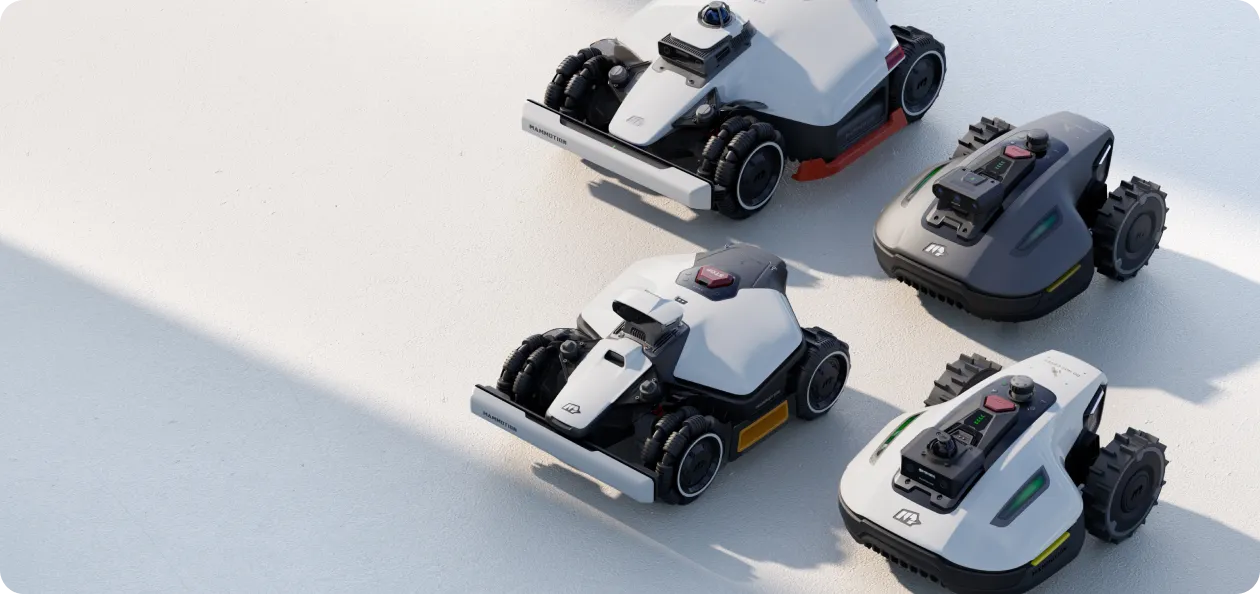
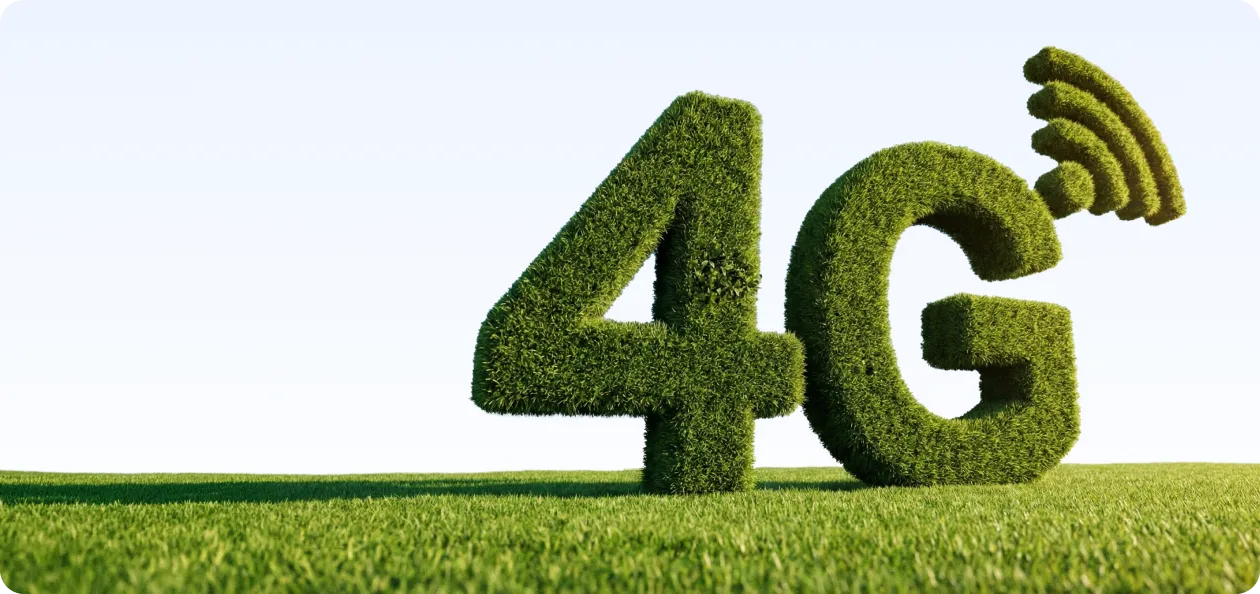
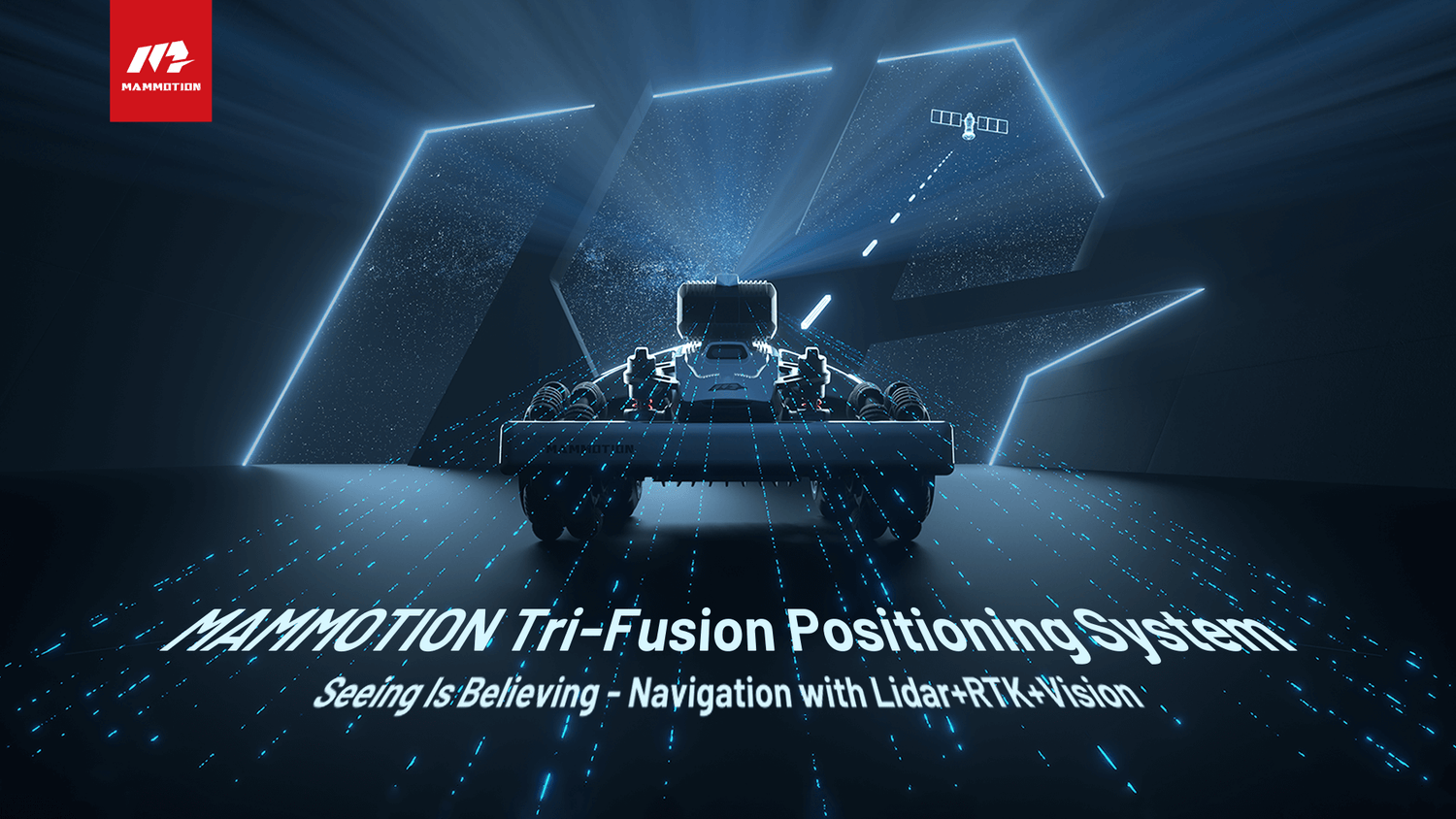
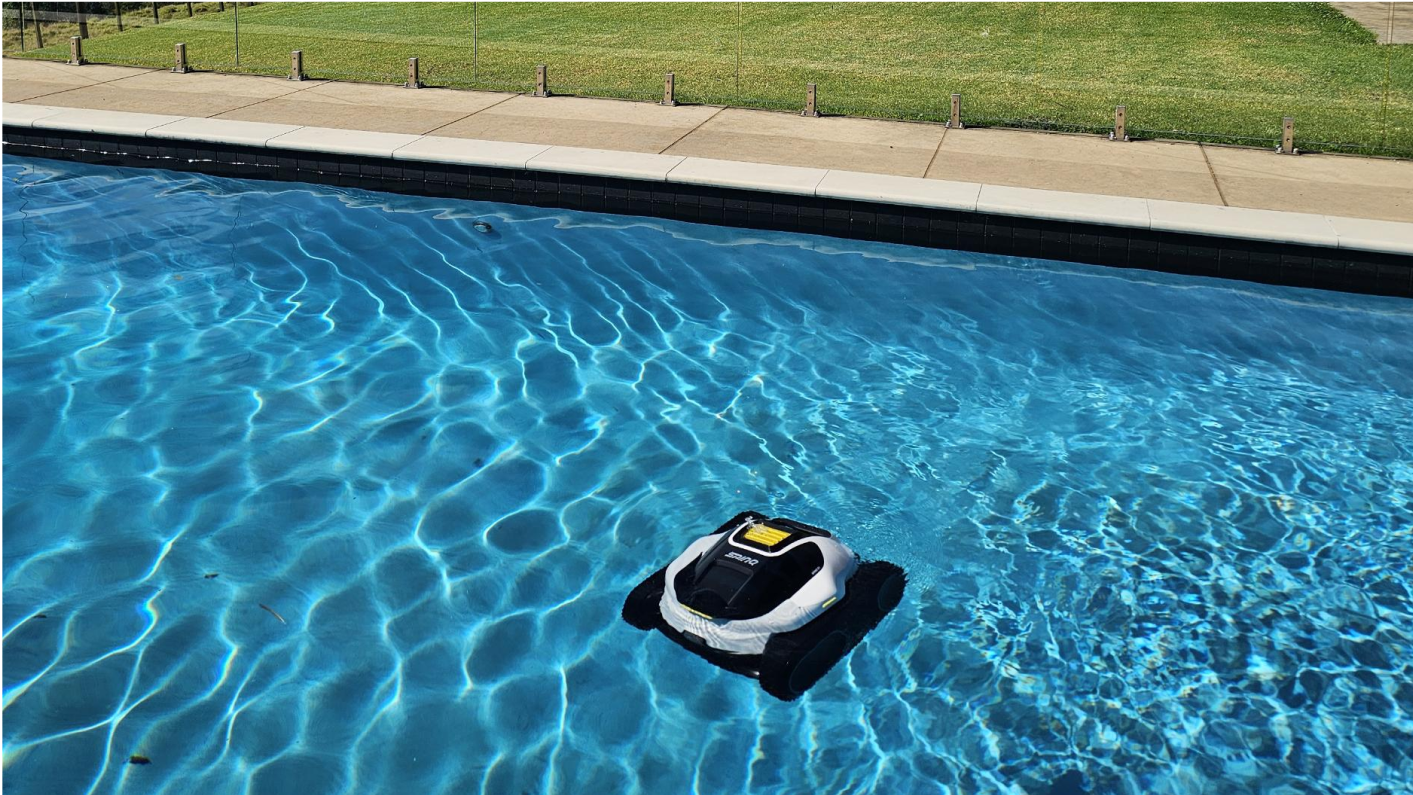
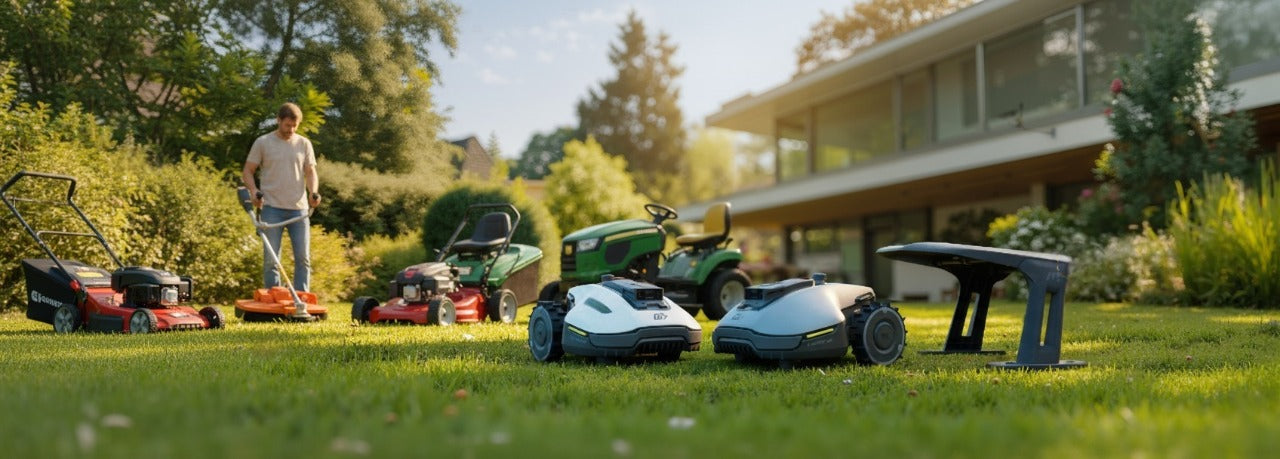
Leave a comment
This site is protected by hCaptcha and the hCaptcha Privacy Policy and Terms of Service apply.